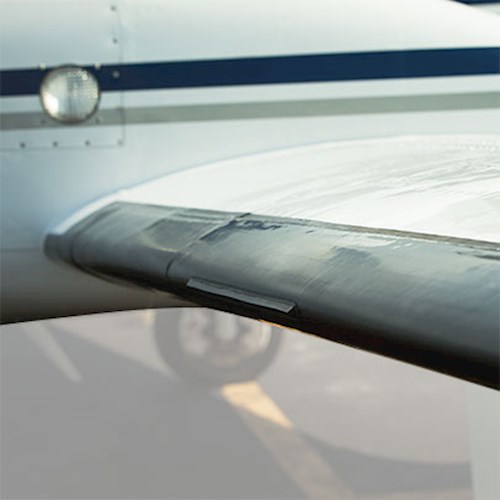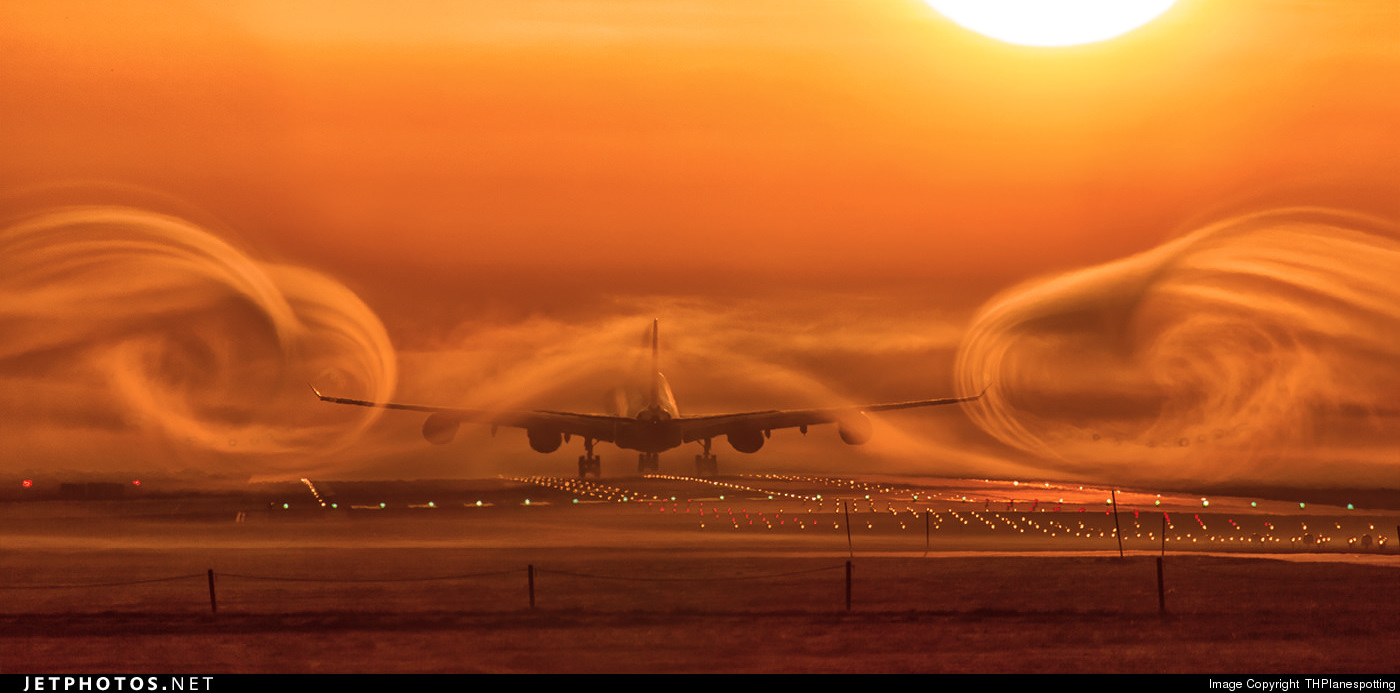ICING, STORMS, TURBULENCE
1/15
There's no tags or description
Looks like no tags are added yet.
Name | Mastery | Learn | Test | Matching | Spaced |
|---|
No study sessions yet.
16 Terms
pitot tube
A device that measures airspeed by sensing dynamic air pressure.
pick up icing
To begin accumulating (kogunema) ice on aircraft surfaces.
have boots on
To have inflatable de-icing boots installed on wing and tail edges to remove ice.

airframe
The structural body of an aircraft including fuselage wings and tail.
convective storms
Storms formed by rising warm air often producing thunderstorms and heavy precipitation.
fork lightning
A type of lightning that branches out in multiple directions forming a fork-like pattern.
experiences severe jolts
When an aircraft encounters sudden strong movements often due to turbulence or storm activity.
to jolt
To cause a sudden abrupt (järsk) movement.
circumnavigate
To fly or travel completely around a storm or obstacle.
execute a missed approach
To abandon a landing and follow a predefined procedure to climb and go around.
separation
The distance or spacing maintained between aircraft to ensure safety.
to anticipate
To predict or expect conditions or aircraft behavior in advance.
to displace
To move an object or aircraft from its original position.
trailing aircraft
An aircraft following another in the same flight path.
lead aircraft
The aircraft in front that is being followed by another.
wake turbulence
Turbulence created behind an aircraft as it passes through the air caused by rotating air masses from the wingtips which can affect following aircraft
